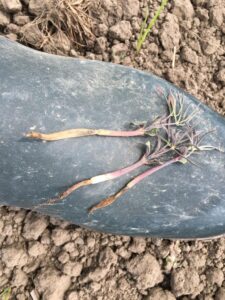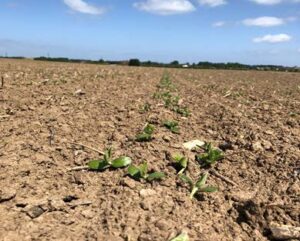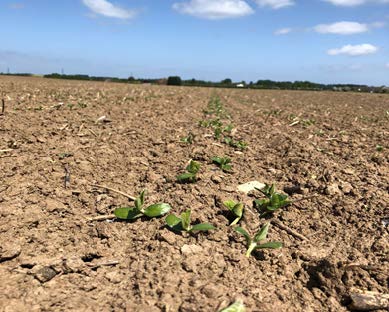Life in Life Scientific…
UK News:
Basilico can be used in grain and forage maize for broad-leaved weed control. Early weed control in maize is important to get the plants off to the right start.
Weed competition between the row can affect the growth habit of maize plants and restrict outward leaf growth which in turn reduces yield as maize plants cannot take advantage of all available sunlight. Weeds should be removed before the maize plants reach 4 true leaves.
Use Basilico at 0.75 l/ha for a wide selection of broad-leaved weeds and at 1.5 l/ha for targeting Cocks pur grass.
For more information on Basilico, the product label, safety datasheet and compatible tank mixes see the Life Scientific website or download our App to get product information direct to your phone.
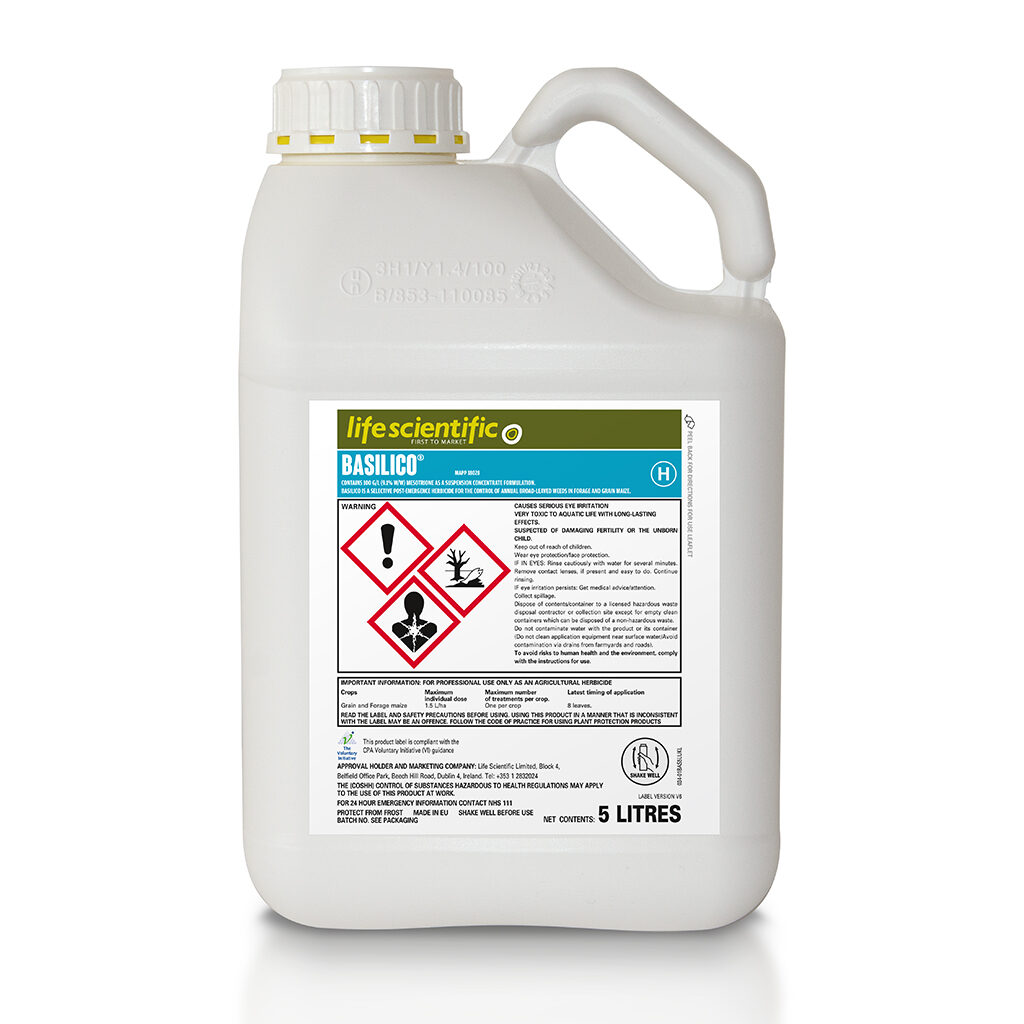
The Importance of Weed Control in Maize Crops
Weed control in maize is a high priority for growers as crops can easily become smothered by weeds as well as them competing for light, water and nutrients which ultimately reduces yield. As a spring crop, drilled at wide row spacings, crop competition from maize is not strong so it’s important to plan for weed control. Cultural controls of crop rotation, site selection, cultivation choice and pre-drilling glyphosate are important building blocks. For chemical control, Basilico can be used on both grain and forage maize post emergence from 2 to 8 leaves of the crop. Basilico controls a wide range of key broad-leaved weeds but is particularly effective on fat hen, redshank and black nightshade. See table below for growth stage susceptibility.
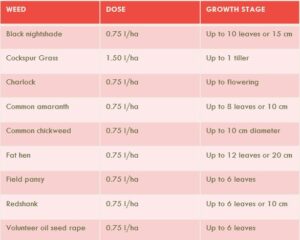
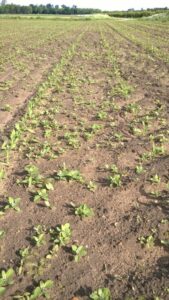
Basilico is taken up into the weeds mainly by foliar activity and gets into the plants quickly, however care must be taken with application to ensure good coverage of the target. It can be mixed with a range of other products to improve activity on grass weeds where required.
Sclerotinia control

It is vital to protect promising OSR yields with robust Sclerotinia control programme this spring. Controlling the damaging disease of Sclerotinia in oilseed rape will be more important then ever this season as oilseed rape prices hit some of the highest prices seen for several years. Sclerotinia stem rot is usually the main disease to consider during the flowering stages of oilseed rape.
As prices sit at circa £800/tonne at the end of April, it’s crucial to protect yield potential as crops come into the mid flowering stage. Although there is a wide variation in growth stages of oilseed rape crops across the country, mostly due to CSFB or pigeon grazing, the flowering period is well underway in many earlier drilled crops and this is coinciding with conditions suitable to the spread of sclerotinia in some areas. With sclerotinia it’s all about protection, and this means getting the timing of that first spray right. Fungicides need to be in place before significant petal fall occurs in the oilseed rape crops, as the ascospores released when the sclerotia germinate need a nutrient source, which comes from the petals. So if the petals attach themselves to the leaves or stem of the plant as they fall and airborne inoculum is around, there is an opportunity for infection to take place.
Although the infection cycle of sclerotinia sclerotiorum is complex, a good understanding of the three main risk factors – the presence of sclerotinia inoculum, warm and humid weather conditions and crops in flower – will help to target control. Germination takes place when soils reach a temperature of 8-10C with some soil moisture. The spores then infect plants when temperatures are above 7C and there’s high humidity. The AHDB Sclerotinia map is the best source of information on current rusk and can be found on the AHDB cereals and oilseeds website https://ahdb.org.uk/sclerotinia-infection-risk-alerts-for-oilseed-rape
Whilst timing is all important for the best control, when deciding on product choice for sclerotinia it is important to consider using a non-triazole option, as part of an anti resistance strategy, particularly where a triazole has already been used in the programme, perhaps for Light Leaf Spot control. Azoxystar is a good alternative.
As a strobilurin, Azoxystar also has strong physiological effects on the crop such as reducing the production of the stress hormone ethylene, which causes early stomatal closure, reduced green leaf area, pod abortion and pod shatter. In an extended flowering season or if crops are at various growth stages due to pigeon damage, for example, two applications can be used as any fungicide used will only give around 3 weeks of plant protection and it can be difficult to get the application timing to fit perfectly with weather and growth stage.
For more information on Azoxystar including product label, safety data sheet and compatible tank mixes see the Life Scientific website https://lifescientific.com/products/uk/azoxystar/ or download the app.
Delia Bean Fly
Soya is enjoying something of a resurgence in the UK. New varieties, in conjunction with a dramatic rise in the price of Soya, have made the crop look like a fair economic proposition for growers. However, there is a significant threat posed by Delia Platura (Delia Bean Fly). In previous years, growers have been able to use Chlorpyrifos for control. However since its withdrawal, the only approved product to control this pest is Life Scientific’s Lambdastar containing lambda-cyhalothrin.
Lambdastar should be used as a single pre- emergence application onto bare soil to control female flies. It may also reduce egg-laying by acting as an ongoing deterrent, as it’s the adult fly’s sense of smell that directs it to emerging Soya crops.
Authorisation is granted under an Extension of Authorisation, Number 0785 of 2018. Rate of use is between 75ml/ha and 150ml/ha and the latest time of application is immediately post emergence GS 10-15.
